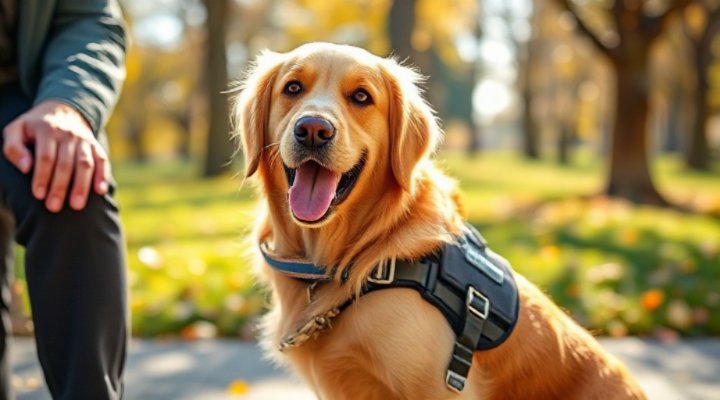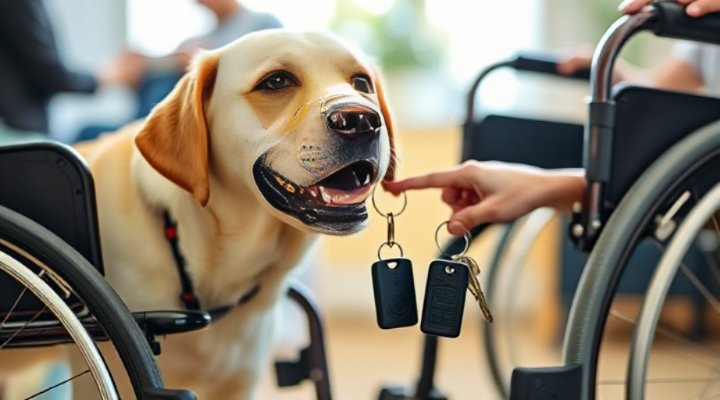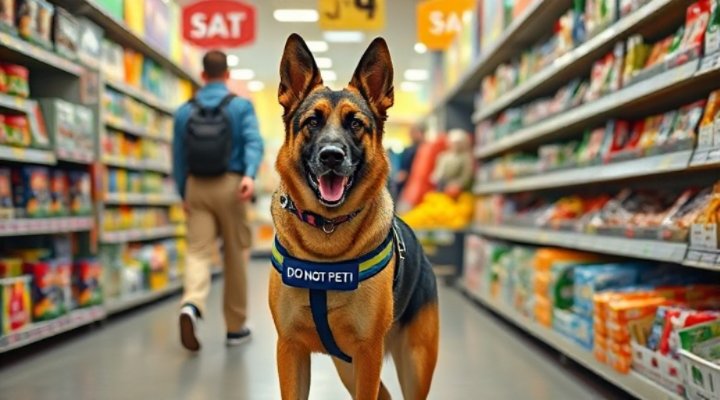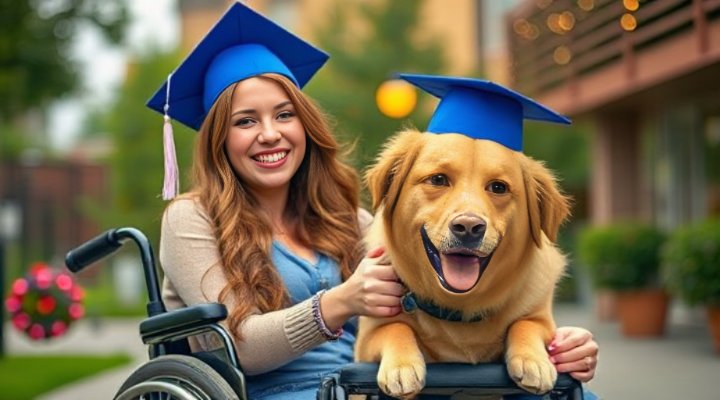Service dog training transforms ordinary dogs into extraordinary companions that provide vital assistance to individuals with disabilities. Unlike regular pet training, service dog preparation requires specialized techniques to ensure reliability in public settings. In this comprehensive guide, we’ll walk you through every step of the process, from selecting the right canine candidate to mastering advanced assistance tasks.

Understanding Service Dog Fundamentals
Before diving into training methods, it’s crucial to understand what sets service dogs apart. These remarkable animals perform specific tasks that mitigate their handler’s disability, whether it’s guiding the visually impaired, alerting to medical conditions, or providing mobility support. The Americans with Disabilities Act clearly defines service animals and their rights in public spaces.
Interestingly, not all breeds make ideal service dogs. While Labrador Retrievers, Golden Retrievers, and German Shepherds are popular choices, temperament matters more than breed. The perfect candidate demonstrates intelligence, calmness, and eagerness to please. I recall meeting a rescued mixed-breed who became an exceptional diabetic alert dog – proof that heart can outweigh pedigree.

Essential Skills for Service Dog Training
Basic Obedience: The Foundation
Every successful service dog training program begins with rock-solid basic obedience. Your dog must master:
- Reliable sit/stay commands (even with distractions)
- Perfect leash manners
- Immediate recall
- Down/stay for extended periods
These fundamentals create the framework for more advanced tasks. Remember, consistency is key – short, positive training sessions daily yield better results than marathon sessions weekly.
Public Access Training
What truly separates service dogs from pets is their impeccable behavior in public. Gradually expose your trainee to various environments like:
- Busy sidewalks
- Crowded stores (check out our guide on finding dog-friendly locations)
- Public transportation
- Restaurants
The goal? Your dog remains focused and calm regardless of surroundings. Pro tip: Always carry high-value treats during these outings to reinforce good behavior.

Task-Specific Training Techniques
Now we reach the heart of service dog training – teaching disability-specific tasks. Common examples include:
Retrieval Tasks
Many service dogs learn to pick up dropped items, open doors, or fetch medications. Start with basic fetch, then gradually shape the behavior to match your needs. For wheelchair users, teaching the dog to hand items directly to you prevents unnecessary bending.
Medical Alert Training
Dogs can detect subtle changes in human physiology. Diabetic alert dogs, for instance, learn to recognize blood sugar fluctuations through scent. This specialized training often requires professional guidance but begins with scent association games.
Mobility Assistance
Larger breeds can provide stability for individuals with balance issues. Proper harness fitting and gradual strength building are essential to prevent injury to either partner. Always consult your physician before beginning mobility work.

Maintaining Your Service Dog’s Skills
Training doesn’t end with task mastery. Regular practice sessions keep skills sharp. Incorporate these into daily routines:
- Weekly ‘refresher’ training days
- Spontaneous commands during walks
- New environment exposures
Nutrition plays a vital role too – a well-fed dog learns better. Consider our reviews of premium dog foods to support your service dog’s health.
The Certification Process
While no federal certification exists for service dogs in the U.S., many organizations offer public access tests. These evaluate whether your dog can:
- Ignore food on the ground
- Remain calm around other animals
- Respond reliably to commands
Passing such tests, while not legally required, can provide confidence in your team’s readiness. The International Association of Assistance Dog Partners offers excellent resources for handlers.

Life with a Service Dog
The bond between handler and service dog transcends typical pet ownership. These dogs provide independence, security, and companionship. However, remember:
- Public access rights come with responsibility
- Regular veterinary care is essential
- Watch for signs of stress or burnout
With patience and proper training, your service dog will become an invaluable partner. As one handler told me, ‘My dog doesn’t just perform tasks – he gives me back my life.’
Related keywords: assistance dog training, disability support dog, service animal preparation, task training for dogs, public access skills

